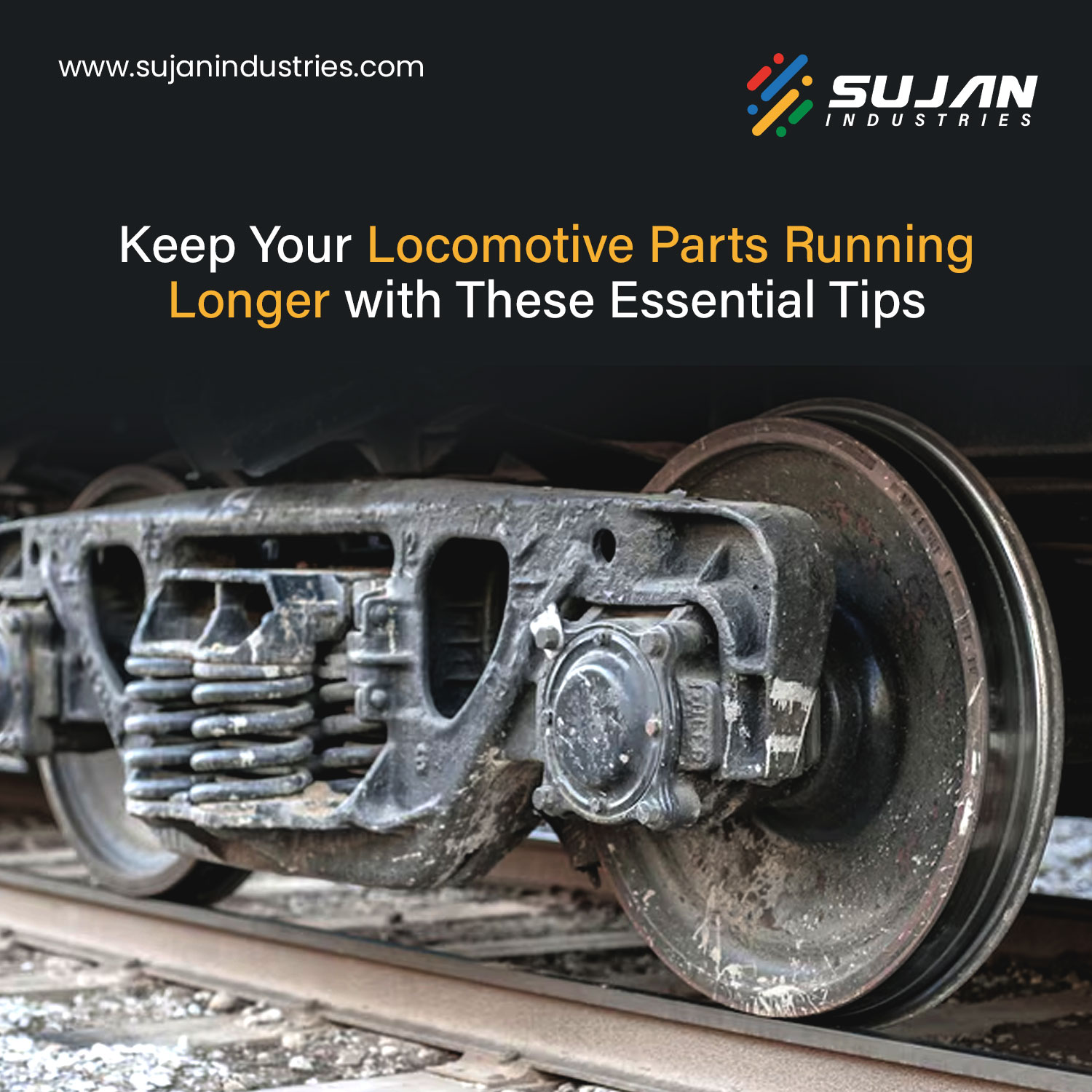
In rail transport, downtime is money lost. When locomotive parts fail unexpectedly, operations stall, costs rise, and schedules derail. What makes this worse is that most failures are preventable.
Neglecting routine care, using low-grade components, or overlooking small signs of wear often leads to bigger, costlier breakdowns.
The solution? A mix of preventive maintenance, proper storage, careful handling, and trusted sourcing.
With the right approach, operators can stretch the lifespan of critical components, optimize locomotive parts performance, and avoid unnecessary repairs.
This blog walks you through essential best practices for keeping your spare parts working longer and harder on the tracks.
From engine bearings and pistons to brake shoes and suspension systems, locomotive parts are constantly under stress.
Add in vibrations, heavy hauls, and extreme weather, and you’ve got a recipe for rapid wear and tear. It’s why small details like lubrication schedules or the quality of a locomotive gearcase seal make such a big difference.
Many operators still run equipment until it breaks. This “run-to-failure” model only results in higher downtime, inflated expenses, and disrupted schedules. Preventive maintenance, on the other hand, keeps components healthy before failure ever occurs.
Expert tips:
By keeping checks proactive, not reactive, you extend service life and reduce overhaul costs.
Cutting corners on parts might save in the short term, but low-grade replacements wear out faster, compromise safety, and cause secondary failures. Inferior bearings or seals can damage expensive assemblies, costing far more in the long run.
Expert tips:
Investing in quality products will only make your life easier in the long run.
Dust, grease contamination, or improper oiling can quietly shorten a component’s life. Proper cleaning and lubrication practices are simple, but they make a world of difference.
Expert tips:
Think of lubrication as the bloodstream of your locomotive, it keeps every moving part alive.
Storage is often overlooked, but how you keep spares off the rails matters just as much as how you use them. Temperature swings, humidity, or careless stacking can corrode metals and deform rubbers.
Expert tips:
A controlled storeroom saves thousands in wasted inventory and premature replacements.
Even the best part will fail if fitted incorrectly. Misaligned bearings, over-torqued fasteners, or uneven seals all accelerate wear.
Expert tips:
Having the right parts is only the half job, fitting them the right way ensures your machine’s health for years to come.
Your parts are only as good as the people handling them. Skilled maintenance teams can spot issues early, install components correctly, and avoid small mistakes that cost big.
Expert tips:
When the workforce is skilled and alert, locomotives run longer and smoother.
In the rail industry, longevity and efficiency don’t come by chance. They’re built through discipline preventive maintenance, high-quality sourcing, smart storage, proper lubrication, and expert handling.
By taking these steps, operators can extend the service life of locomotive parts, reduce unexpected failures, and safeguard profits.
Partnering with reliable railway parts manufacturers in India like Sujan Industries ensures every gear, seal, and bushing is built to last. If your goal is reliability on the rails, start with the right practices and the right partners.
To know more about durable, precision-engineered locomotive spare parts, get in touch with us today.